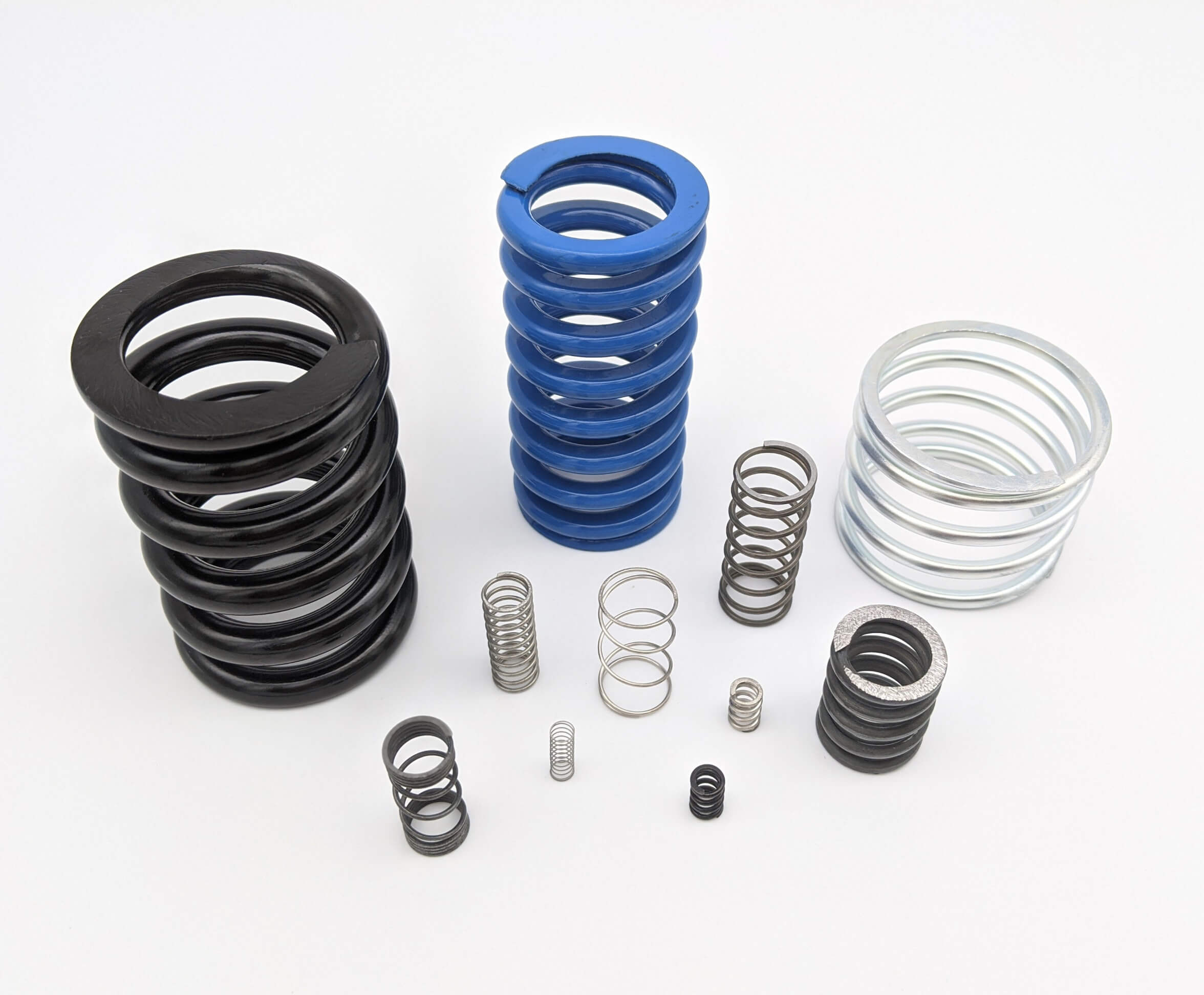Get unique, complex parts easily. No matter your requirements, Chaoyi Spring creates hard-to-produce coil springs and wire forms.
Let us help you create the custom wire form you need, from S-hooks and J-hooks to utility hooks and more.
We work closely with customers across a wide range of industries, helping them design and manufacture made-to-order parts.
Why choose Chaoyi Spring? We prioritize customer-focused collaboration, modern equipment and the latest technology to make your parts per print.
Find the information and guidance you need, from measuring a spring to learning about materials, placing an order and much more.
Compression springs, those ubiquitous coiled wonders, are often taken for granted. Yet, they play a critical role in countless mechanical systems, silently ensuring smooth operation, absorbing shocks, and providing reliable


Compression springs, those ubiquitous coiled wonders, are often taken for granted. Yet, they play a critical role in countless mechanical systems, silently ensuring smooth operation, absorbing shocks, and providing reliable force. From the simplest of toys to complex industrial machinery, compression springs are indispensable components that contribute to the functionality and efficiency of our world. This article delves into the fascinating world of compression springs, exploring their design, applications, and the key factors that make them so essential.

At their core, compression springs are helical coils made from spring steel or other elastic materials. When subjected to an axial force, they compress, storing potential energy. The amount of compression is directly proportional to the applied force, a fundamental principle governed by Hooke's Law. The spring rate, or stiffness, represents the force required to compress the spring by a specific distance. A higher spring rate indicates a stiffer spring, requiring greater force for compression.
A compression spring is defined by several key parameters, including:
These parameters dictate the spring's stiffness, load capacity, and overall performance. The selection of appropriate parameters is crucial for achieving optimal performance in a specific application.
Compression springs are remarkably versatile, finding applications in an astonishing range of fields. They are used in:
When selecting compression springs, several key factors must be considered:
The design and manufacture of compression springs involve a complex interplay of engineering principles and manufacturing processes. Engineers use sophisticated software to simulate spring behavior and optimize their design parameters. Manufacturing processes involve coiling wire to specific dimensions, heat treating for strength, and testing for quality assurance.
As technology advances, compression spring designs are becoming increasingly sophisticated. The development of advanced materials like shape memory alloys and composites opens up new possibilities for enhanced performance and durability. The adoption of advanced manufacturing techniques, such as additive manufacturing (3D printing), allows for the creation of complex and highly customized compression springs, paving the way for innovation in various industries.
Compression springs, though often unseen and unappreciated, are integral to countless mechanical systems, contributing to their efficiency, safety, and performance. Their humble presence is a testament to the power of simple yet effective design. As technology continues to evolve, compression springs will undoubtedly continue to play a crucial role in shaping the future of mechanical engineering and countless other fields.
Browse some of the custom wire forms and springs that we manufacture. Don’t see what you need? We specialize in made-to-order products that meet your application requirements.
Visit Our GalleryNeed a custom wire form or coil spring? We make it work. Fill out the contact form and a representative will respond within 1 business day. If you have a PDF or CAD file, you can submit to request a quote.